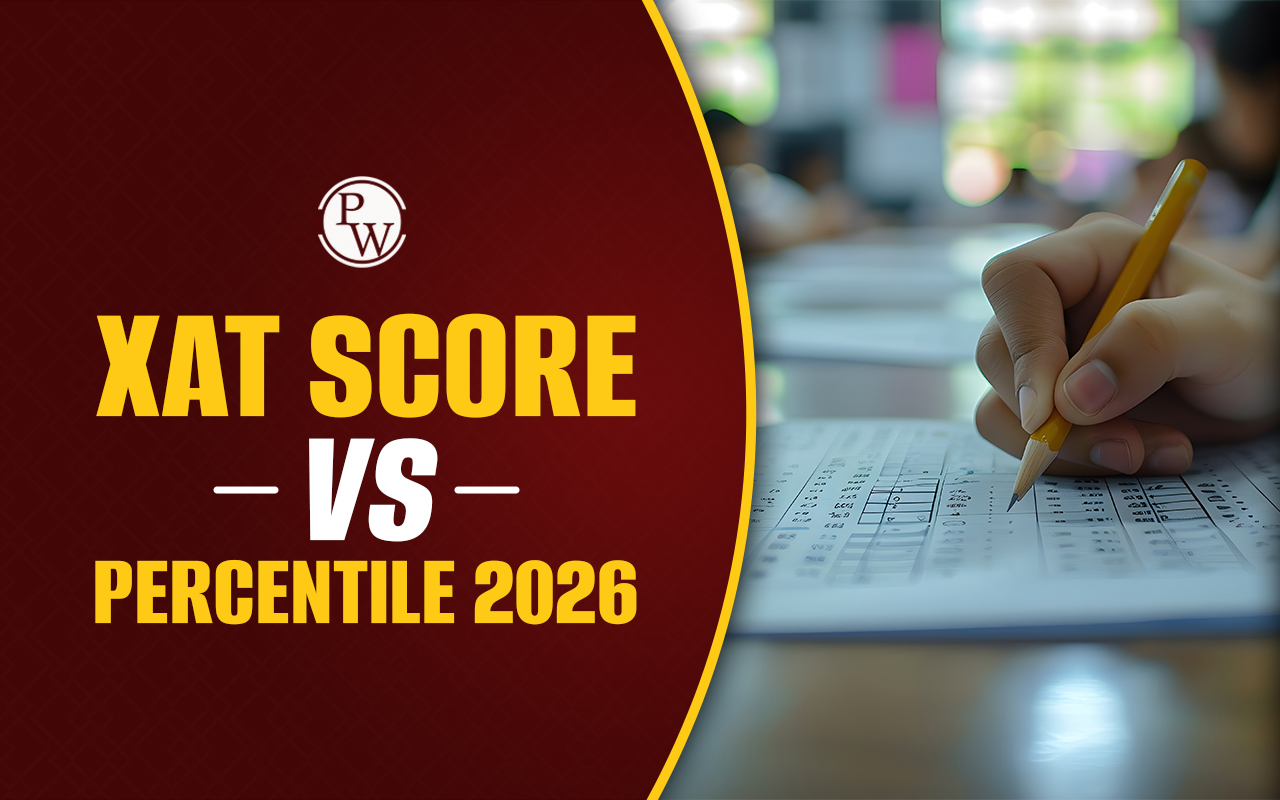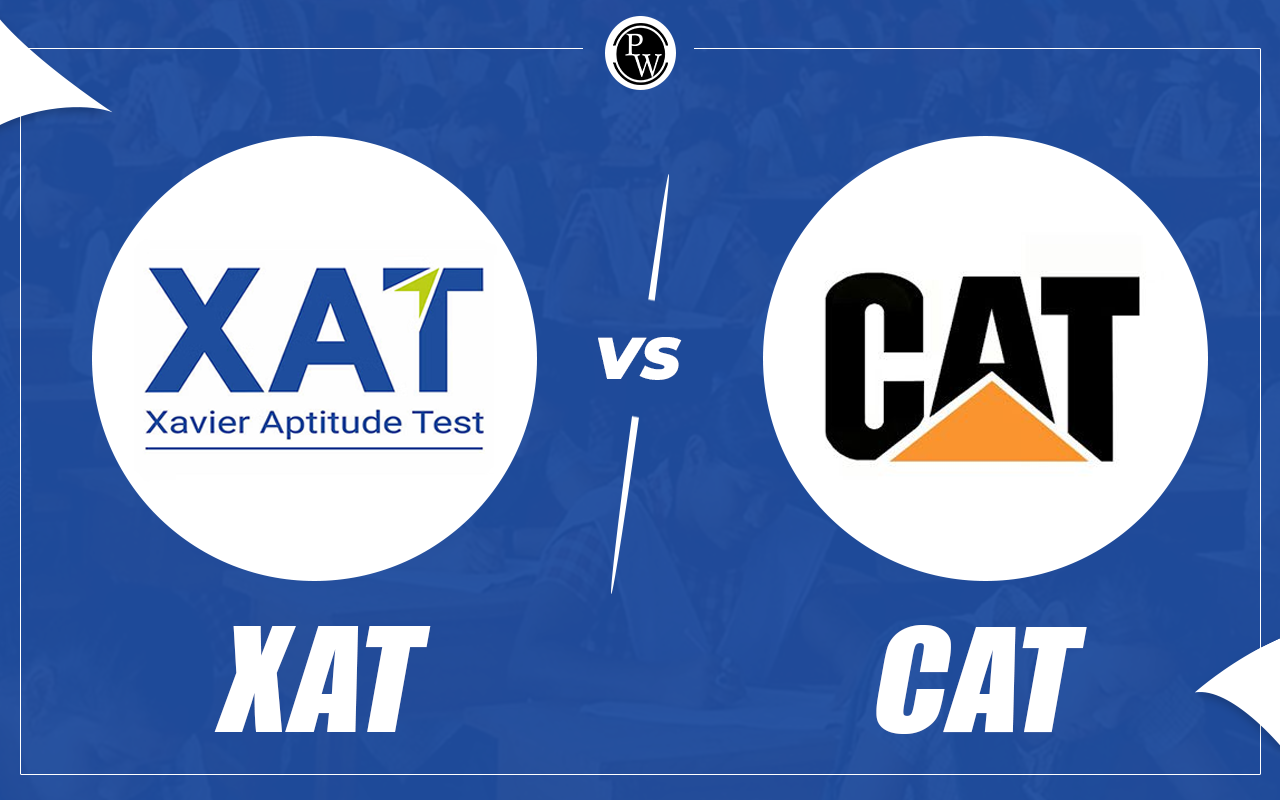
Karnataka PGCET CBT Exam 2024: The Karnataka Examinations Authority (KEA) has decided to conduct the Karnataka PGCET 2024 exam online. Previously, this exam was conducted offline using an OMR system. With this shift to a computer-based test (CBT), several aspects of the state-level exam will change. To help candidates get used to the new format, KEA might release a mock test.
Additionally, the syllabus for the Karnataka PGCET exam for MBA, MCA, and MTech programs has been updated. KEA has also announced the exam dates, primarily scheduled for July 13 and 14, 2024.Karnataka PGCET CBT Exam 2024 Overview
The Karnataka Post Graduate Common Entrance Test (PGCET) is a state-level entrance exam conducted by the Karnataka Examinations Authority (KEA) for admission to postgraduate programs like MBA, MCA, ME, M.Tech, and M.Arch in various government and private universities/colleges across Karnataka.|
Karnataka PGCET 2024 Exam Highlights |
|
| Exam Name: | Karnataka PGCET 2024 |
| Conducting Authority: | Karnataka Examinations Authority (KEA) |
| Exam Mode: | Computer-Based Test (CBT) |
| Exam Dates: | July 13 & 14, 2024 |
| Exam Duration: | 2 hours |
| Total Questions: | 100 Multiple Choice Questions (MCQs) |
| Marking Scheme: | +1 mark for each correct answer, no negative marking |
| Exam Sections: | Computer Awareness, Analytical Ability and Logical Reasoning, Quantitative Analysis, English Language, General Knowledge |
| Medium of Exam: | English and Kannada |
What is Karnataka PGCET CBT Exam?
A Computer Based Test (CBT) is an exam taken on a computer instead of using pen and paper. CBT exams usually include multiple-choice questions, fill-in-the-blank questions, and other types that can be easily graded by a computer. In a Computer Based Test (CBT), the questions and answer options are shown on a computer screen, and test-takers select their answers using a keyboard or mouse. Due to advancements in technology, many entrance and certification exams have switched from the traditional pen-and-paper format to computer-based testing. Note: Many top MBA entrance exams, such as CAT, SNAP, CMAT, TS ICET, and XAT, are now conducted as CBT exams.Key Changes in Karnataka PGCET CBT Exam Pattern 2024
With the transition to the CBT exam, KEA has structured the Karnataka PGCET exam pattern as follows: The Karnataka PGCET CBT exam will consist of 100 multiple-choice questions, with candidates given 120 minutes to complete them. Each question will have four options, with only one correct answer, and there is no negative marking. The Karnataka PGCET MBA exam will now have five sections instead of four, with each section carrying equal weightage of 20 questions. A new section on Computer Awareness has been introduced. For the Karnataka PGCET MTech exam, 10 subject papers have been retained, and new courses have been added under various streams, including Computer Science. There are no changes in the Karnataka PGCET MCA syllabus.| Key Changes in Karnataka PGCET CBT Exam Pattern 2024 | ||
| Exam | Change | Details |
| Karnataka PGCET CBT | Question Count | 100 multiple-choice questions |
| Exam Duration | 120 minutes | |
| Answer Options | Four options per question, one correct | |
| Negative Marking | None | |
| Karnataka PGCET MBA | Sections | Now five sections instead of four |
| Section Weightage | Each section has 20 questions | |
| New Section | Computer Awareness | |
| Karnataka PGCET MTech | Subject Papers | 10 subject papers retained |
| New Courses | Added under various streams, including Computer Science | |
| Karnataka PGCET MCA | Syllabus Changes | No changes |
Changes in Karnataka PGCET MBA Syllabus 2024
With the new session, KEA has updated the Karnataka PGCET MBA syllabus. Now, there will be five sections, each containing 20 questions. KEA has released the revised syllabus for the Karnataka PGCET MBA and other courses. Below is the Karnataka PGCET MBA syllabus for 2024:Karnataka PGCET MBA Revised Syllabus 2024
The Karnataka PGCET MBA syllabus for 2024 has been revised and covers the following sections:| Karnataka PGCET MBA Revised Syllabus 2024 | ||
| Sections | Topics | Subtopics |
| Computer Awareness | Computer Basics | Organization of a computer, CPU, Input/output devices, Computer Memory, Programming Languages, Types of Operating Systems, General awareness about Internet, Web Applications, Database Applications, Information systems |
| Data Representation | Representation of Characters, Integers and Fractions, Binary, ASCII, Hexadecimal representations | |
| Binary Arithmetic | Addition, Subtraction, Multiplication, Division, Two’s complement arithmetic, Floating-point representation of numbers, Normalised Floating-point representation | |
| Operating Systems | Evolution of operating systems, Types of operating systems, Functions of an operating system, Modern operating systems | |
| Analytical Ability and Logical Reasoning | Logical Reasoning | Puzzles, Diagrams, Analogy, Verbal Ability, Analytical ability and related aspects |
| Quantitative Analysis | Arithmetic | Data analysis and interpretation, Statistical analysis and related quantitative aspects |
| English Language | Basic English Grammar | Synonyms, Antonyms, Sentence correction, One word Substitution, Idioms and phrases, Pairs expressing relationships, Famous books in English Literature |
| General Knowledge | Indian Business Environment | Global Environment, Social Events, Cultural Events, Economics, Management, Political Events, Historical Events, Current Affairs, Sports, Awards, Personalities and Achievements, Science and Technology, Humanities, Entrepreneur and Entrepreneurship, Business Communication |
How to Prepare for Karnataka PGCET CBT Exam 2024?
The Karnataka PGCET is a highly competitive exam, so candidates must have a well-organized preparation plan to do well. The key steps for preparing for the Karnataka PGCET 2024 CBT exam are:- Understand the Exam Pattern: First, understand the Karnataka PGCET 2024 exam pattern thoroughly. The exam will be conducted in Computer Based Test (CBT) mode and will consist of 100 multiple-choice questions to be answered in 120 minutes. The questions are divided into four sections: Proficiency in English Language, Reasoning and General Intelligence, Quantitative Analysis, and General Knowledge. Knowing the exam pattern helps you plan your preparation accordingly.
- Analyze the Syllabus: Next, carefully analyze the Karnataka PGCET 2024 syllabus. The syllabus includes topics from graduation-level subjects, so focus on strengthening your understanding of these topics. Identify the topics you are weak in and spend more time preparing them.
- Create a Structured Study Plan: Prepare a daily or weekly study plan to cover the entire syllabus systematically. Allocate time for each subject based on its importance and your comfort level. Include regular practice of sample papers and mock tests to assess your preparation level.
- Focus on Strengthening Core Concepts: For each subject, build a strong foundation by understanding the basic concepts rather than just memorizing formulas or facts. Understand the principles behind the concepts and apply them logically to solve problems. This approach will help you handle application-based questions in the exam.
- Practice Extensively: Regular practice is crucial for success in the Karnataka PGCET. Solve as many sample papers, previous year question papers, and mock tests as you can to improve your speed and accuracy. Time yourself during practice to develop effective time management skills.
- Enhance English Proficiency: The English Language section tests your grammar, vocabulary, and reading comprehension skills. Improve your English by regularly reading newspapers, magazines, and books. Also, practice writing exercises like essay writing and paraphrasing.
- Stay Updated with Current Affairs: The General Knowledge section includes questions related to current affairs. Stay updated with the latest news and events happening in India and around the world.
- Utilize Relevant Study Material: Use high-quality study material that aligns with the Karnataka PGCET syllabus. Refer to books, online resources, and video lectures recommended by experts to enhance your preparation.
Benefits of Karnataka PGCET CBT Exam
If compared with a conventional pen-and-paper test, Karnataka PGCET CBT exam has several advantages, including a reduction in requirement of subject matter experts to evaluate the exam. The scoring in the Karnataka PGCET CBT exam can be done in real-time. Primary benefits of the Karnataka PGCET CBT exam will include automatic grading of answer sheets and single-click export of results in the excel format. KEA will be able to publish the PGCET 2024 results early if compared with the time consumed for evaluating pen and paper tests.Procedure to appear for Karnataka PGCET CBT Exam
KEA has not yet announced the procedure for participating in the Karnataka PGCET exam. Typically, the Computer-Based Test (CBT) follows these steps:- Candidates will be assigned a seat in front of a computer terminal displaying their roll number from the Karnataka PGCET hall ticket. 2. An invigilator will instruct candidates on when to log in using the credentials generated during registration. 3. Upon logging in, candidates will see guidelines and exam instructions for the Karnataka PGCET CBT. 4. A countdown timer on the screen will show the remaining time for completing the exam. The exam will automatically submit when the timer reaches zero. 5. The question dashboard will offer multiple options, such as:
- Questions not visited
- Questions answered and marked for review
- Questions not answered and marked for review
- Questions not answered
- Questions answered
- Candidates are permitted to move between different sections and questions during the Karnataka PGCET CBT exam. 7. KEA will provide blank sheets for rough work during the computer-based Karnataka PGCET.
KEA PGCET Mock Tests 2024
The Karnataka Examinations Authority (KEA) releases official Karnataka PGCET mock tests along with previous year question papers on its website to help candidates prepare for the exam. The mock tests are designed according to the revised exam pattern and familiarize candidates with the exam environment. The Karnataka PGCET mock test 2024 is conducted in online mode and consists of 100 MCQ questions divided into 4 sections: English Language, General Intelligence, Quantitative Analysis, and General Knowledge. The exam duration is 120 minutes. MBA Batch by Physics Wallah is a live marathon session organized by PW MBA Online Coaching focusing on Quantitative Ability and Logical Reasoning for the MBA 2024 exam. Stay updated and enhance your preparation by following our official MBA channel on YouTube. It's a key resource for a successful journey in preparing for the MBA 2024 exam.Karnataka PGCET CBT Exam 2024 FAQs
What is the Karnataka PGCET CBT Exam?
The Karnataka PGCET CBT Exam is a computer-based test conducted by Karnataka Examinations Authority (KEA) for admission to postgraduate programs like MBA, MCA, ME, M.Tech, and M.Arch in Karnataka.
When will Karnataka PGCET CBT Exam 2024 be held?
Karnataka PGCET CBT Exam 2024 will be held on July 13 and 14, 2024, in computer-based test mode.
What are the key changes in the Karnataka PGCET CBT Exam Pattern 2024?
The Karnataka PGCET CBT Exam 2024 will have 100 multiple-choice questions to be completed in 120 minutes. There is no negative marking. The exam includes sections on Computer Awareness, Analytical Ability and Logical Reasoning, Quantitative Analysis, English Language, and General Knowledge.
How can I prepare for the Karnataka PGCET CBT Exam 2024?
Prepare for Karnataka PGCET CBT Exam 2024 by understanding the exam pattern, analyzing the revised syllabus, creating a structured study plan, practicing extensively with sample papers and mock tests, and staying updated with current affairs.
Will KEA provide mock tests for Karnataka PGCET CBT Exam 2024?
Yes, KEA typically releases mock tests and previous year question papers on its website to help candidates familiarize themselves with the exam format and prepare effectively for Karnataka PGCET CBT Exam 2024.
Talk to a counsellorHave doubts? Our support team will be happy to assist you!

Check out these Related Articles
Free Learning Resources
PW Books
Notes (Class 10-12)
PW Study Materials
Notes (Class 6-9)
Ncert Solutions
Govt Exams
Class 6th to 12th Online Courses
Govt Job Exams Courses
UPSC Coaching
Defence Exam Coaching
Gate Exam Coaching
Other Exams
Know about Physics Wallah
Physics Wallah is an Indian edtech platform that provides accessible & comprehensive learning experiences to students from Class 6th to postgraduate level. We also provide extensive NCERT solutions, sample paper, NEET, JEE Mains, BITSAT previous year papers & more such resources to students. Physics Wallah also caters to over 3.5 million registered students and over 78 lakh+ Youtube subscribers with 4.8 rating on its app.
We Stand Out because
We provide students with intensive courses with India’s qualified & experienced faculties & mentors. PW strives to make the learning experience comprehensive and accessible for students of all sections of society. We believe in empowering every single student who couldn't dream of a good career in engineering and medical field earlier.
Our Key Focus Areas
Physics Wallah's main focus is to make the learning experience as economical as possible for all students. With our affordable courses like Lakshya, Udaan and Arjuna and many others, we have been able to provide a platform for lakhs of aspirants. From providing Chemistry, Maths, Physics formula to giving e-books of eminent authors like RD Sharma, RS Aggarwal and Lakhmir Singh, PW focuses on every single student's need for preparation.
What Makes Us Different
Physics Wallah strives to develop a comprehensive pedagogical structure for students, where they get a state-of-the-art learning experience with study material and resources. Apart from catering students preparing for JEE Mains and NEET, PW also provides study material for each state board like Uttar Pradesh, Bihar, and others
Copyright © 2025 Physicswallah Limited All rights reserved.
Get App











